
 7
7




 1
1






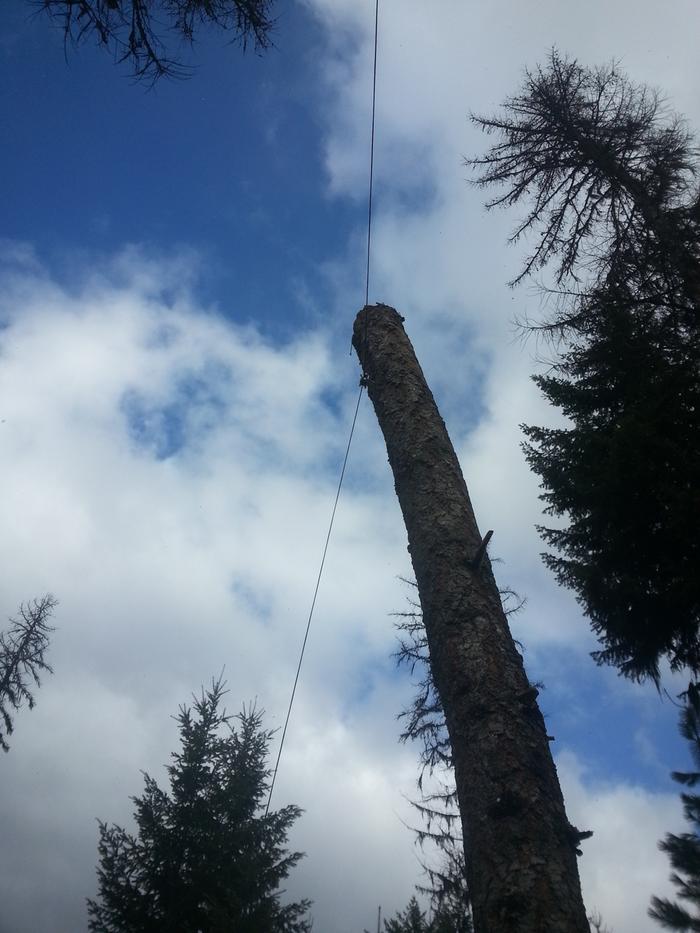
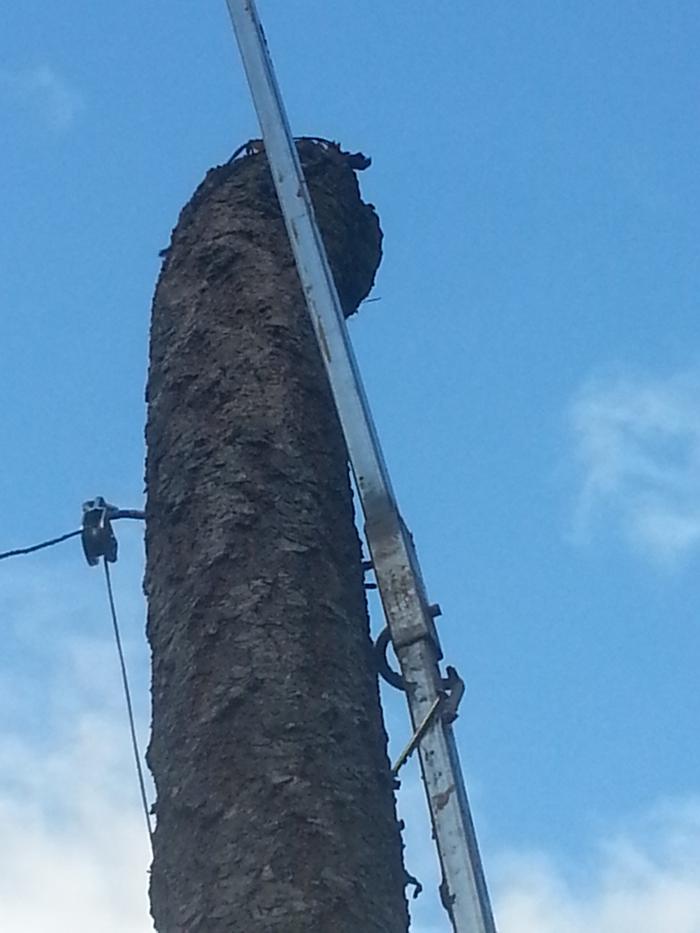
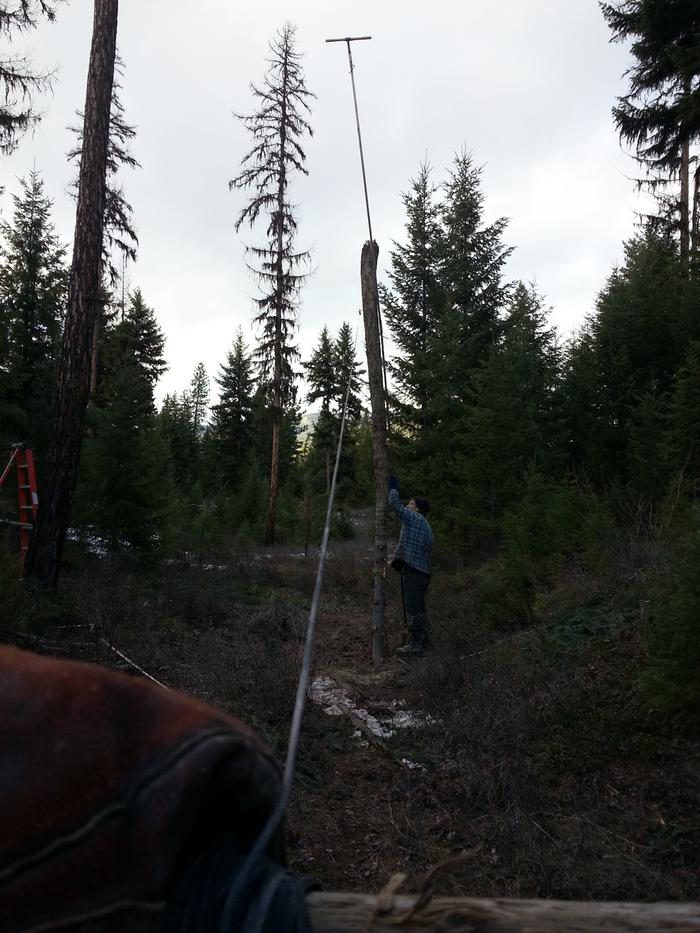
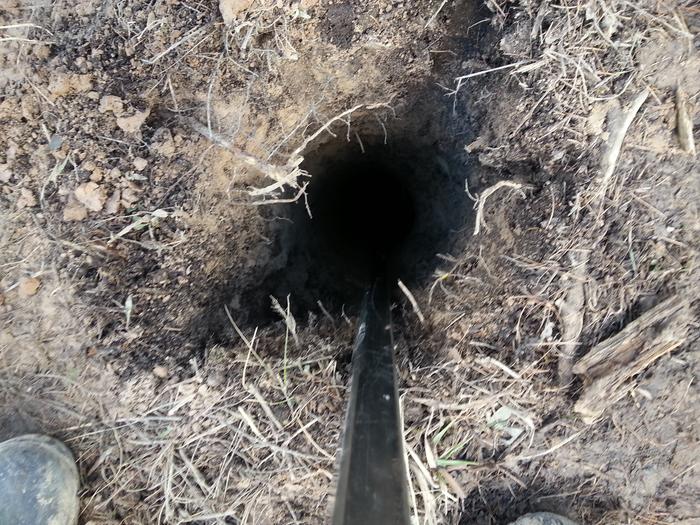






Ask me about food.
How Permies.com Works (lots of useful links)





 1
1




 1
1








"You must be the change you want to see in the world." "First they ignore you, then they laugh at you, then they fight you, then you win." --Mahatma Gandhi
"Preach the Gospel always, and if necessary, use words." --Francis of Assisi.
"Family farms work when the whole family works the farm." -- Adam Klaus
 1
1








"You must be the change you want to see in the world." "First they ignore you, then they laugh at you, then they fight you, then you win." --Mahatma Gandhi
"Preach the Gospel always, and if necessary, use words." --Francis of Assisi.
"Family farms work when the whole family works the farm." -- Adam Klaus
 1
1












 2
2













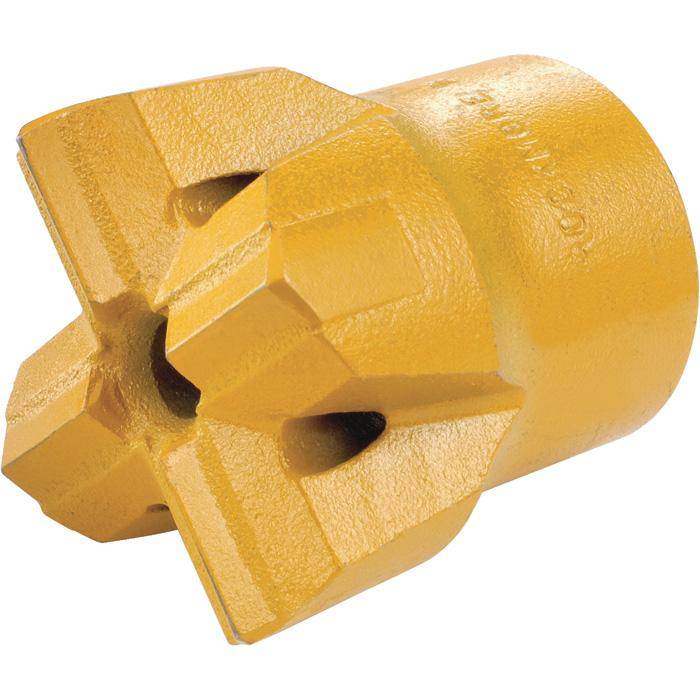
"Instead of Pay It Forward I prefer Plant It Forward" ~Howard Story / "God has cared for these trees, saved them from drought, disease, avalanches, and a thousand tempests and floods. But he cannot save them from fools." ~John Muir
My Project Page
 1
1




 5
5




 1
1




Moderator, Treatment Free Beekeepers group on Facebook.
https://www.facebook.com/groups/treatmentfreebeekeepers/









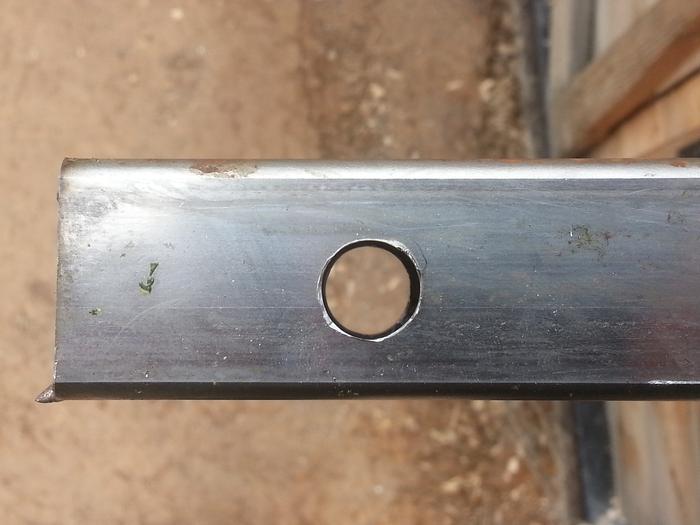

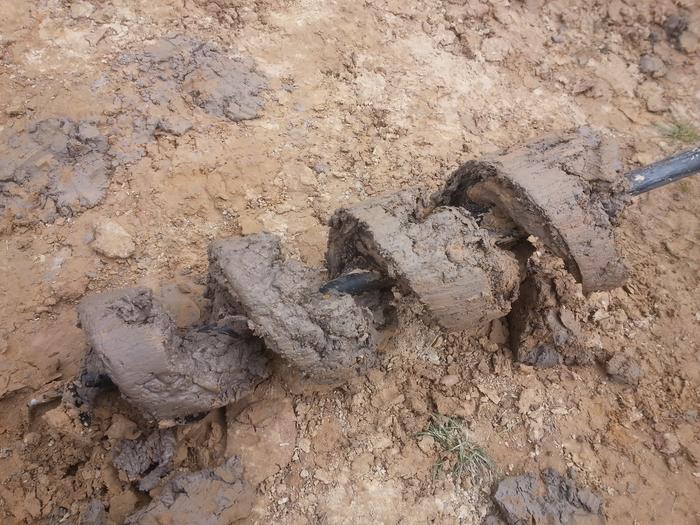
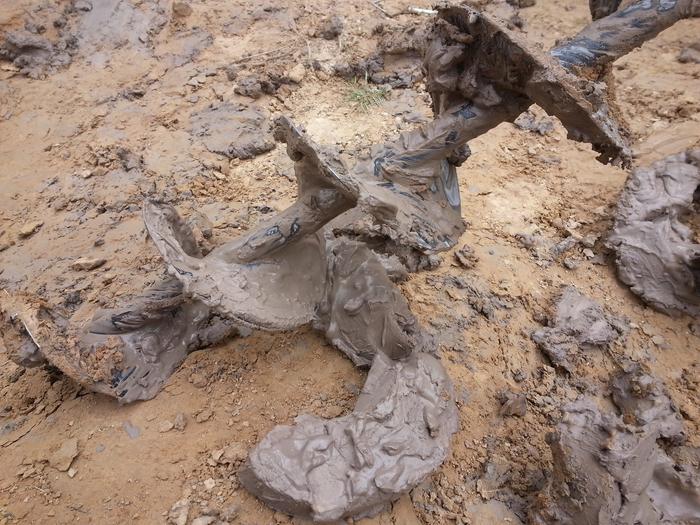
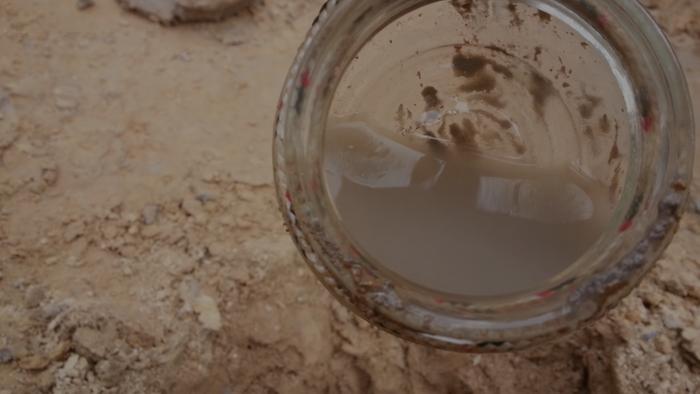




 1
1




![Filename: pump.jpeg
Description: pump [Thumbnail for pump.jpeg]](/t/54084/a/40805/pump.jpeg)












 1
1





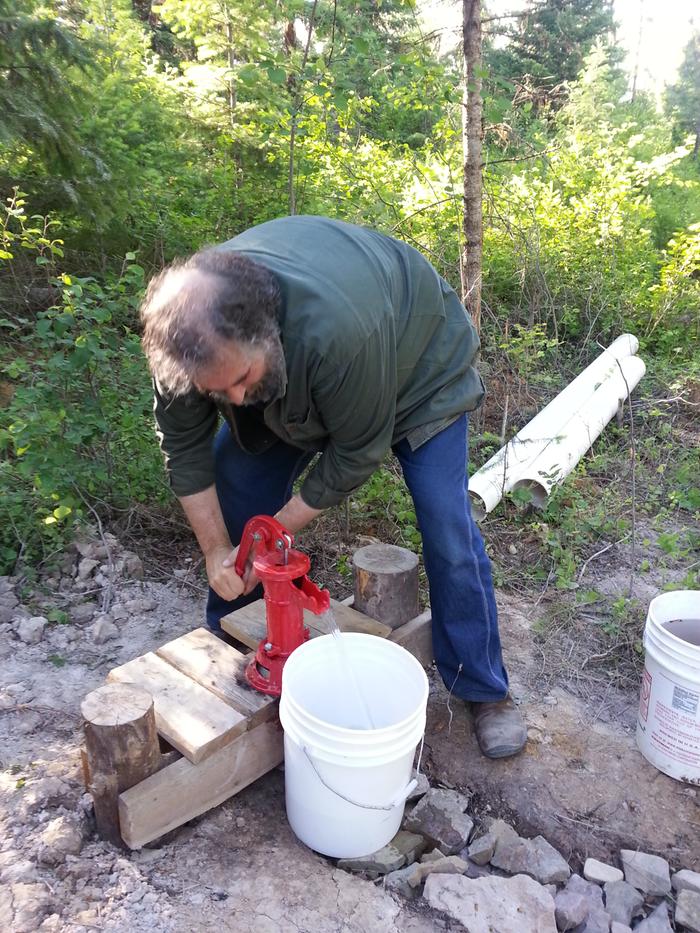
 1
1




evan l pierce wrote:





 4
4








 1
1




jim forster wrote:Hi Marla,
We did turn it by hand. It is pretty easy to turn by hand except once you get into the wet clay. Then the suction makes it pretty hard. Also hitting a rock can slow it down and even stop it.
The hardest part is pulling it out of the hole once it is >15feet deep. You either need another person to help or to dismantle it every 10foot section. One could build it with thinner guage steel than we used.
I will demo how to build one 2 weeks from now at Wheaton Labs in Montana. There are still spots in our well drilling workshop available!
Jim
 3
3












 3
3




 ).
).
Destiny Hagest wrote:So glad to hear of the success with this project - it's a ray of hope for those of us that have seen the price quotes for having a well drilled by a company before

Community Building 2.0: ask me about drL, the rotational-mob-grazing format for human interactions.









Community Building 2.0: ask me about drL, the rotational-mob-grazing format for human interactions.
 1
1




Standing on the shoulders of giants. Giants with dirt under their nails
 3
3




 1
1








Joshua Myrvaagnes wrote:Just saw a gif (short movie) of someone cracking a bolder by banging many, many iron spikes. I guess they had ways before dynamite. (But after the pyramids ;) ). Maybe a faster way through bedrock, to crack somehow rather than puncture? wedge in a spike and then bang on that? I think the image was from East Asia.





|
Beware the other head of science - it bites! Nibble on this message:
The new purple deck of permaculture playing cards
https://www.kickstarter.com/projects/paulwheaton/garden-cards
|





